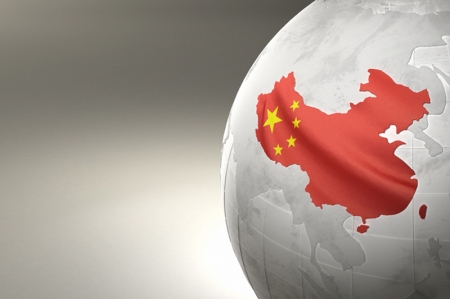As many as 8 million UK workers are at risk of losing their jobs to artificial intelligence with current government policy, the Institute for Public Policy Research warned.
AI already impacts 11% of tasks done by UK staff, a figure that could rise to almost 60% if firms integrate the technology more deeply, the think tank said in a report published Wednesday. Part-time, entry level and back-office jobs such as customer service are most at risk but higher-paying work will increasingly be affected.
The findings highlight the challenges facing the government as it increasingly bets on artificial intelligence to cure the UK’s productivity problem. Companies across the board are using AI to drive up efficiency, while Chancellor of the Exchequer Jeremy Hunt announced an £800-million ($1 billion) investment in technology and AI to boost public-sector output.
“Already existing generative AI could lead to big labor market disruption or it could hugely boost economic growth, either way it is set to be a game changer for millions of us,” said Carsten Jung, senior economist at IPPR, which analyzed 22,000 tasks across all job types.
“A jobs apocalypse is not inevitable – government, employers and unions have the opportunity to make crucial design decisions now that ensure we manage this new technology well. If they don’t act soon, it may be too late.”
In its own report published in November, the government acknowledged that AI was already affecting jobs in the finance and insurance sector. It called for schools and employers to equip workers with the skills they need to adapt.
Government policy will make the difference between job losses and economic growth in the context of AI adoption, the IPPR report said.
Modeling the potential impact of a “second wave” of AI adoption on the jobs market, the IPPR found the technology could add as much as £306 billion per year to the UK economy without any job losses in the best-case scenario, depending on government policy. AI could also deliver wage gains of as much as 30%.
Without any policy changes, researchers estimated AI will wipe out 8 million jobs with no economic gains.
The Department for Science, Innovation and Technology called the research “hugely speculative,” saying in a statement that AI already contributes more than £3.7 billion to the UK economy every year.
“We continue to assess the impact of AI on different sectors and ensure employers play a leading role in building robust UK skills and talent,” the department said. “We are also working with Innovate UK and the Alan Turing Institute to develop guidance on the core AI skills people need, which will be published later this year.”
Britain lags India, the US, Germany, Canada and Israel when it comes to AI skills, separate research from LinkedIn showed. That’s as fewer than half of UK businesses are investing in up-skilling their workers, according to Janine Chamberlin, UK country manager for the employment-focused social media platform.
Around 32 of 10,000 LinkedIn members in the UK have AI skills, including machine learning or prompt engineering. Even as that number has doubled since 2016, it’s still “relatively small,” Chamberlin said in an interview in London.
Women and young people could be more at risk to be displaced by AI. Women are disproportionately employed in those tasks that are most impacted by the technology, while companies could post fewer graduate vacancies and choose to rely more on AI for entry-level tasks.
The government should develop an industrial AI strategy to support job transitions and distribution of automation gains across the economy, as opposed to being captured by a few companies, the IPPR said. Recommendations include fiscal incentives to augment rather than displace jobs, regulatory changes, and supporting green jobs that are less prone to automation.
“Investing in skills development within an organization traditionally has been seen more as a ‘nice to have,’ and with the introduction of GenAI, it is now a ‘must have,’” Chamberlin said. “In an organization, it’s about understanding what are the skills that I have, what are the skills that I need and how am I going to bridge that gap? The same thing applies at country level.”

























































